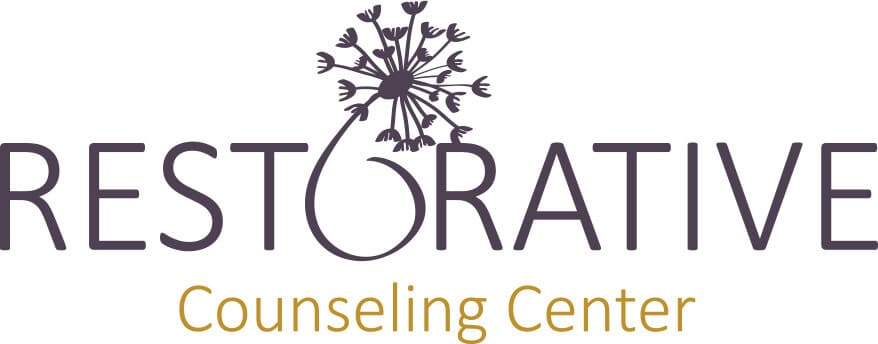As mental health continues to get more air time, mindfulness is another buzzword trending. The thing many people do not know, is mindfulness has been around for centuries. So, what is mindfulness and how can you apply it to your life? I am hoping to offer a brief overview and some practical applications you can incorporate into your every day life.
What is Mindfulness?
Simply put, mindfulness is paying attention to your thoughts without attaching judgement to them. Through this process, one becomes more self-aware and offers themselves self-compassion. Thoughts and feelings are fleeting, so mindfulness encourages you to not attach yourself to your thoughts, but just to be aware of them.
Where did mindfulness originate?
Jon Kabat-Zinn is the leader in the field of mindfulness, but mindfulness does have its roots in Buddhism. Although Buddhism holds the roots of mindfulness, most mindfulness used today is not a religious practice. Kabat-Zinn adapted some of the concepts and foundations of mindfulness and brought it into mental health as a way of stress reduction. Kabat-Zinn’s definition of mindfulness is, “a means of paying attention in a particular way; on purpose, in the present moment, and nonjudgmentally.”
How is it helpful?
Many studies have been done on the benefits of mindfulness and mindfulness meditation. Studies have shown it increases self-awareness, brain change, reduces stress, aids in relief of depression and increases overall well-being. Advances in neuroscience have shown us the brain has plasticity, and the ability to change, so we no longer have to live with “that’s just the way I am,” and we can take action in making healthier choices. Mindfulness is one of the routes to doing just that.
How can I practice mindfulness in my every day life?
Although, there are more structured ways to incorporate longer mindfulness meditations (which have amazing benefits), I typically encourage my clients to start with simpler ways to practice mindfulness. The easiest way is just to pause, take some deep breaths, and ask yourself some questions. ‘What is going on around me?’ ‘What am I thinking right now?’ ‘What emotions are those thoughts contributing to?’ All of this while not attaching judgement. I have heard the analogy before that its like watching clouds pass. No cloud is better or worse, and each one will eventually move out of sight, but you are just laying on the ground, looking up, and noticing the clouds as they pass. The overall goal is to slow down and notice. Another great time to practice mindfulness is while walking. We can’t bring about change until we assess where we’re currently at, and mindfulness is a great first step in that process.
Want to learn more specifics about how mindfulness can help with anxiety, depression and stress? Contact us to learn more.
Watch our on the topic of mindfulness:
https://youtu.be/ijEVWN4P4us


Recent Comments